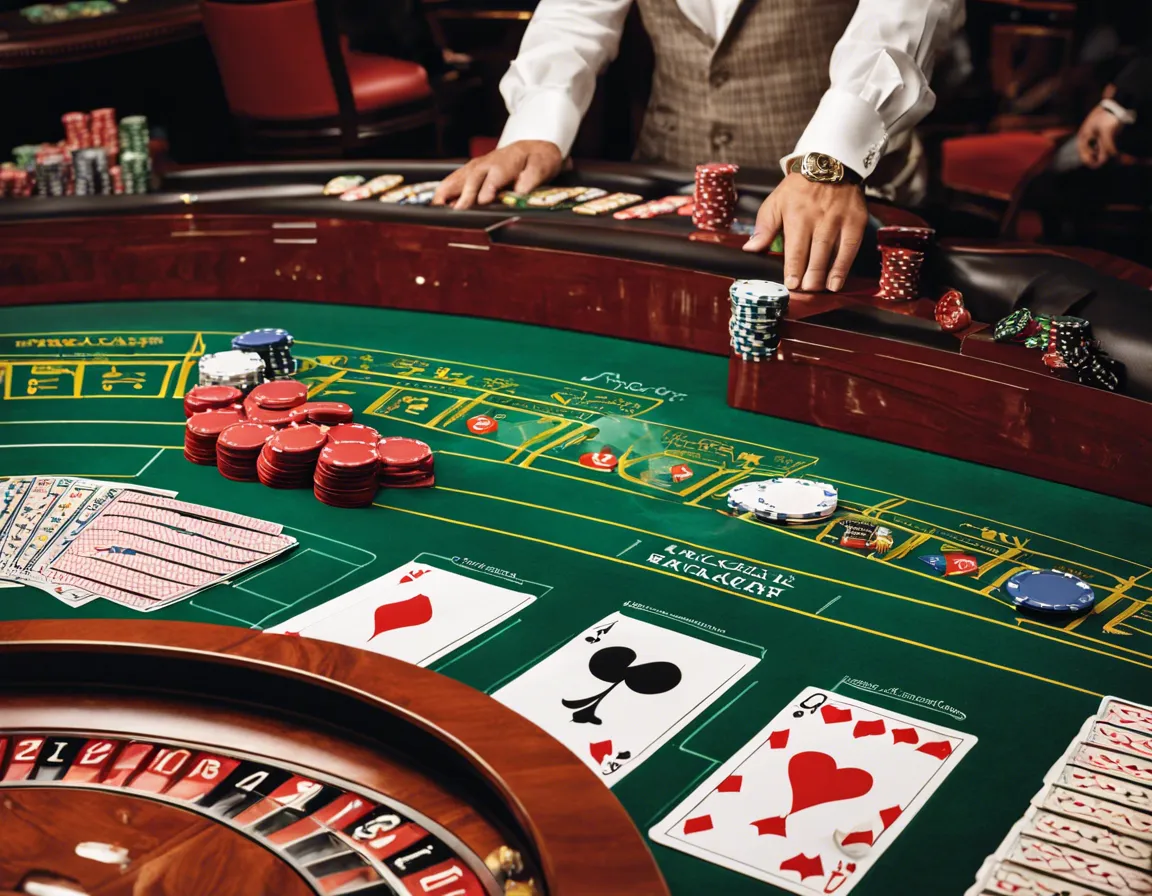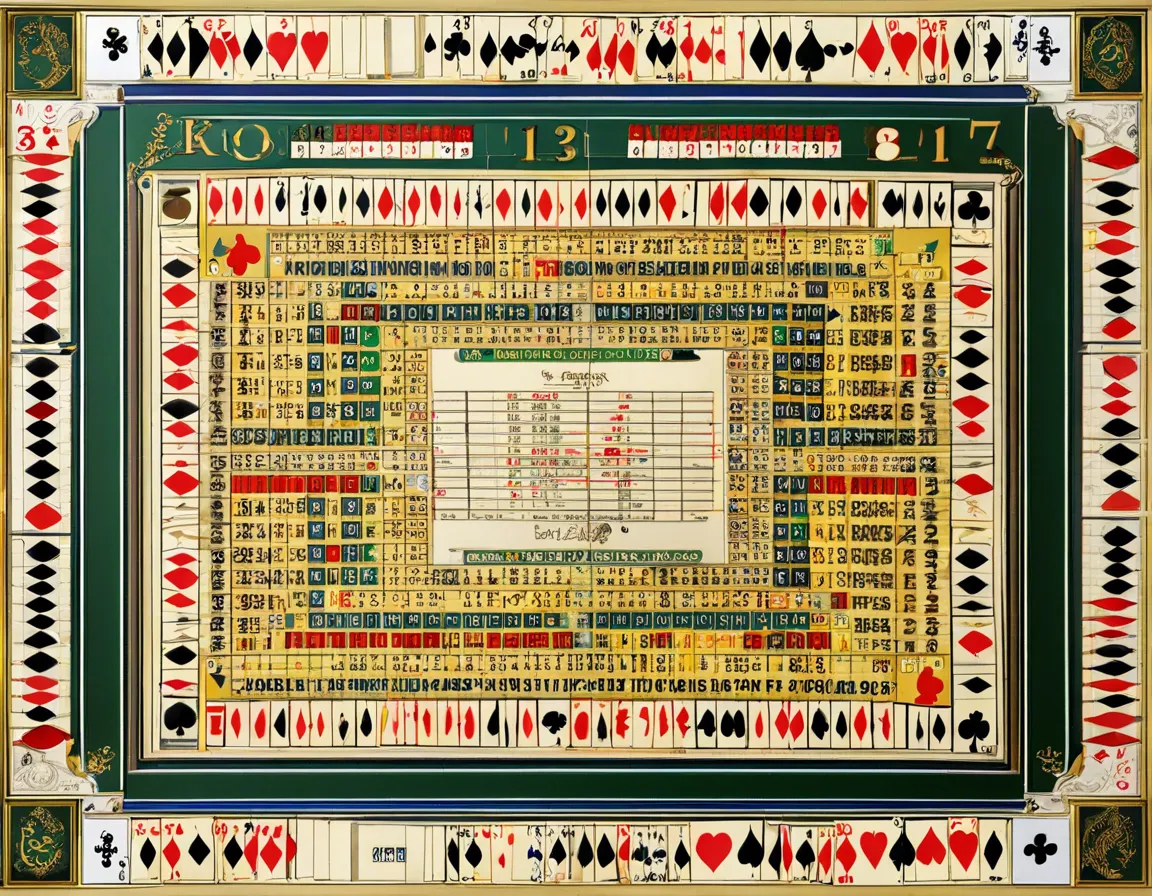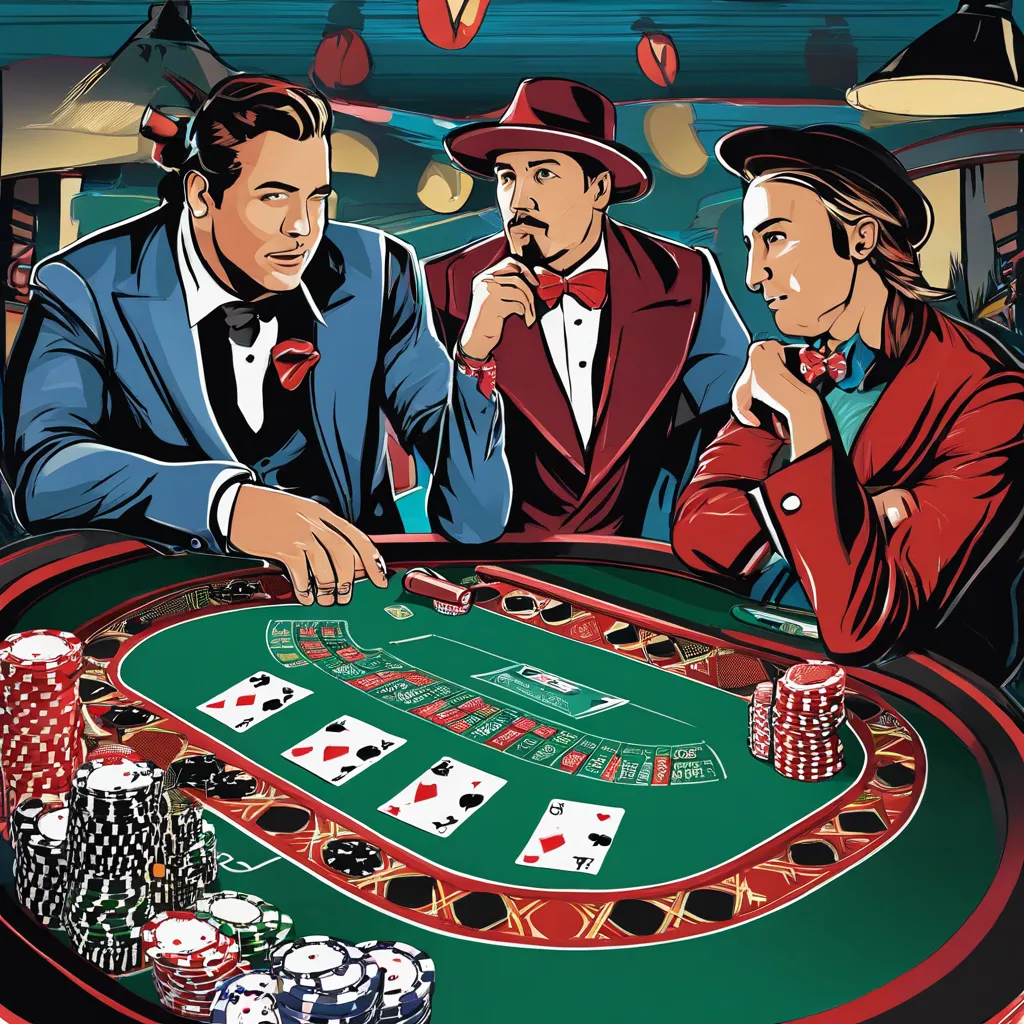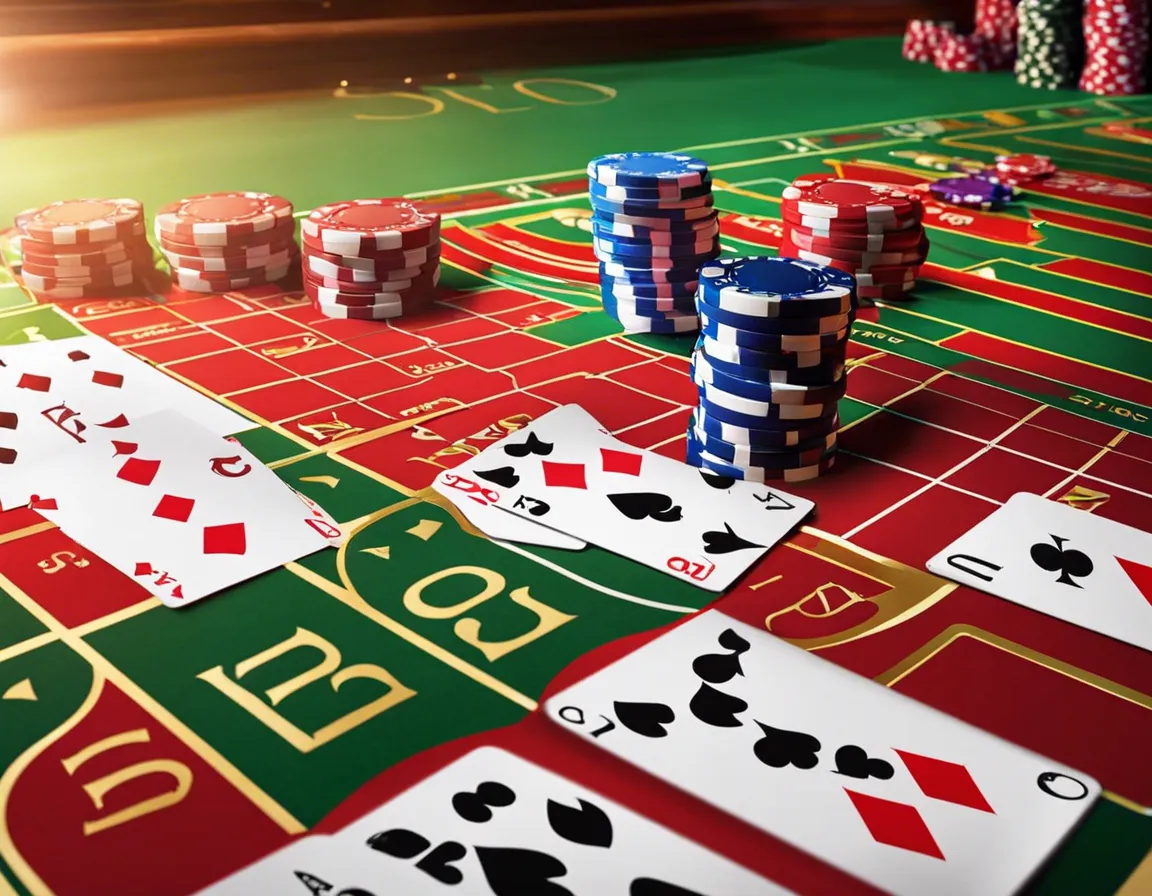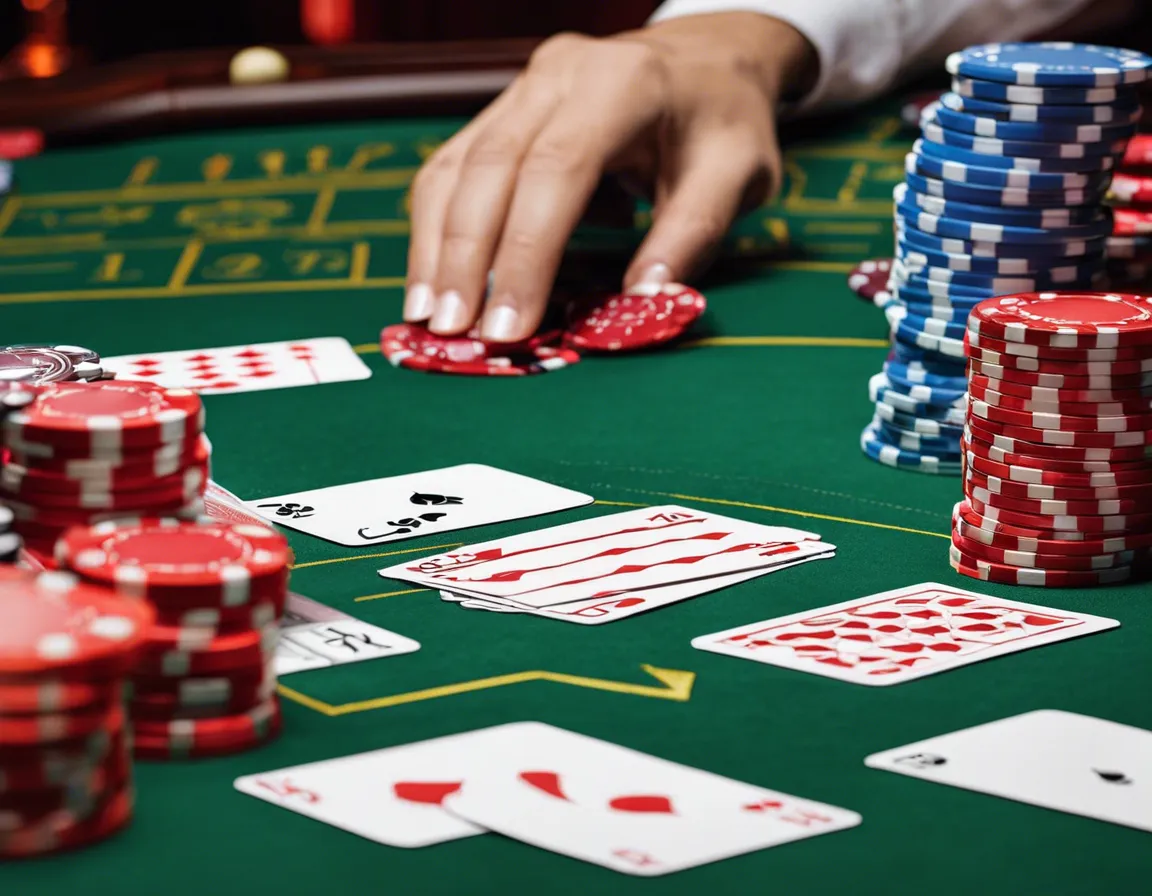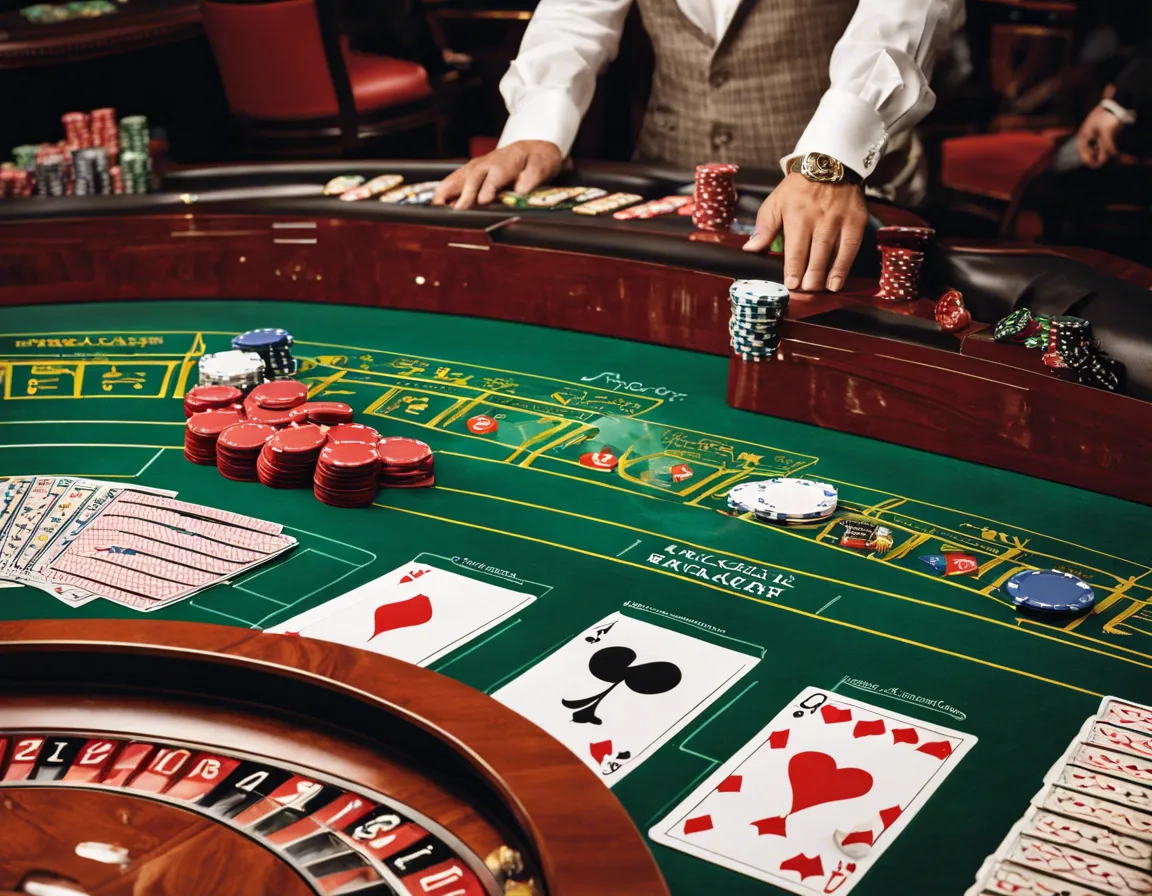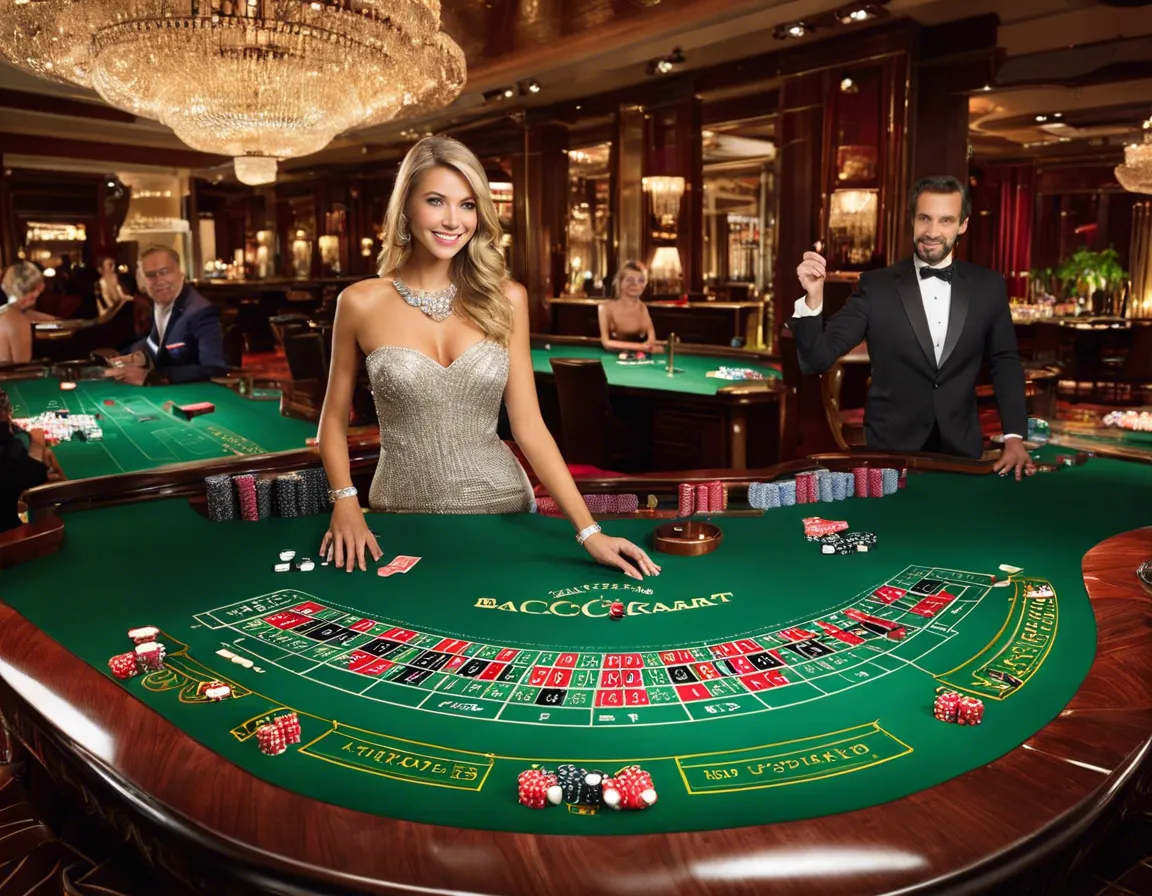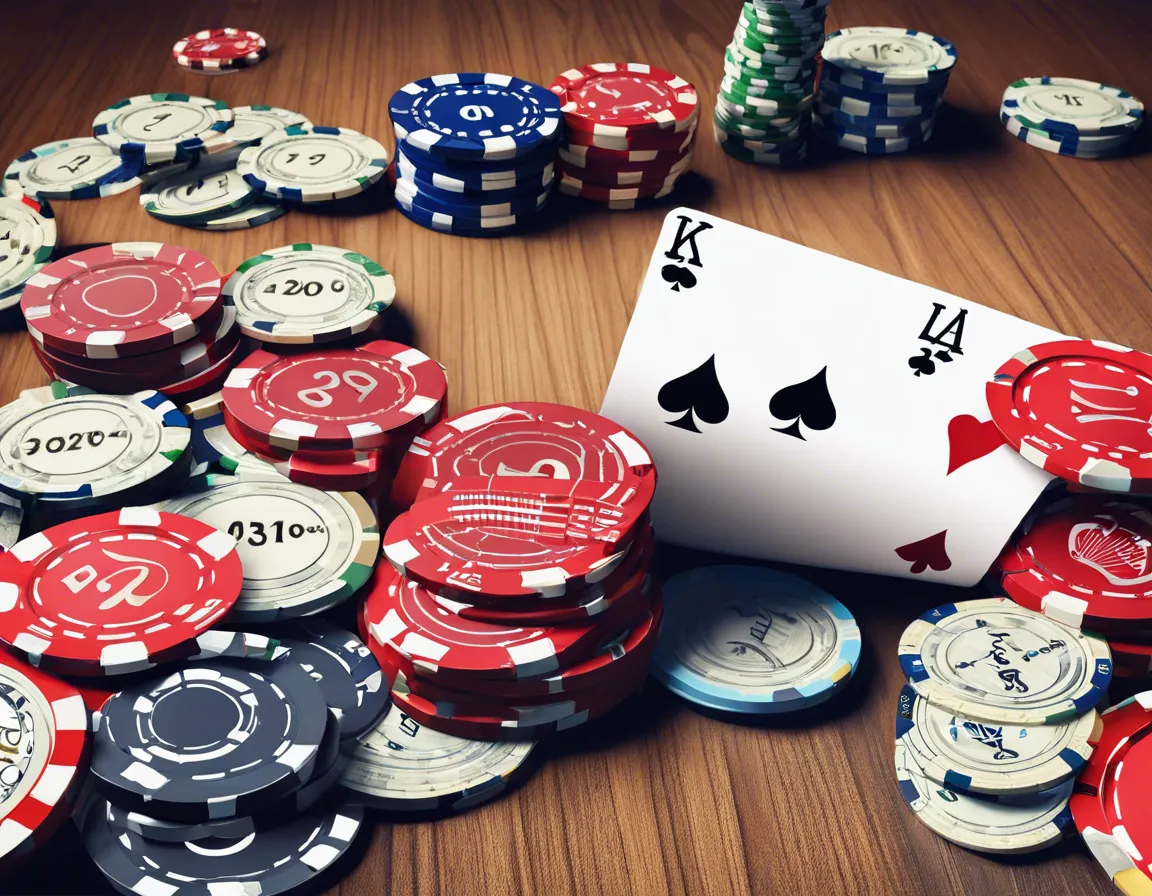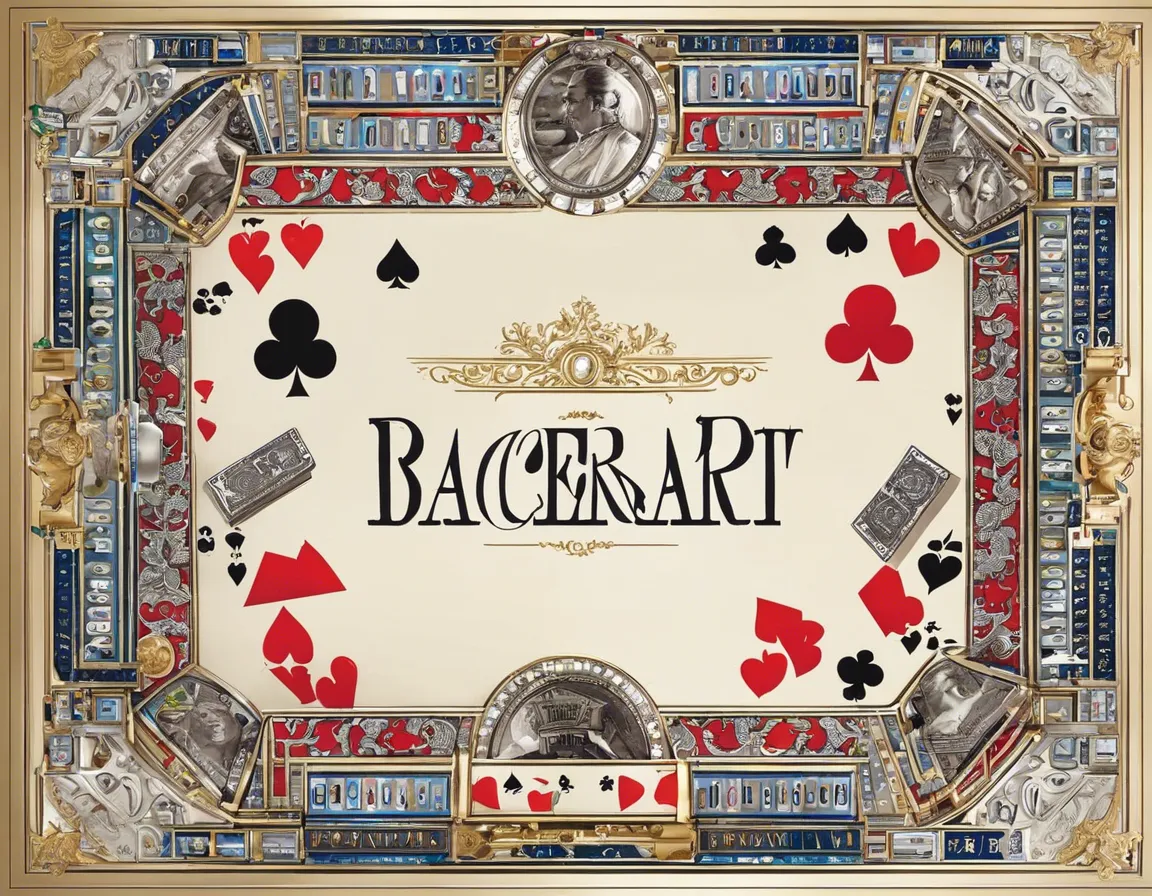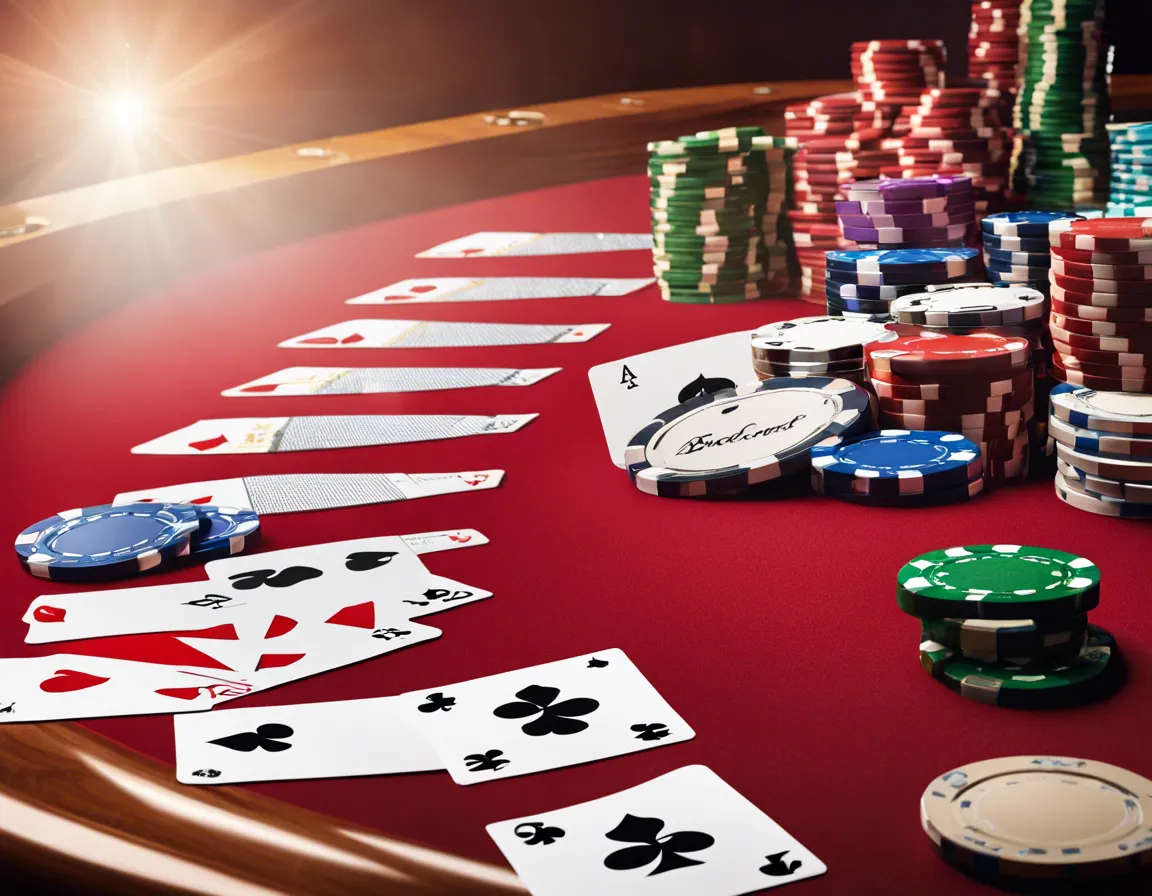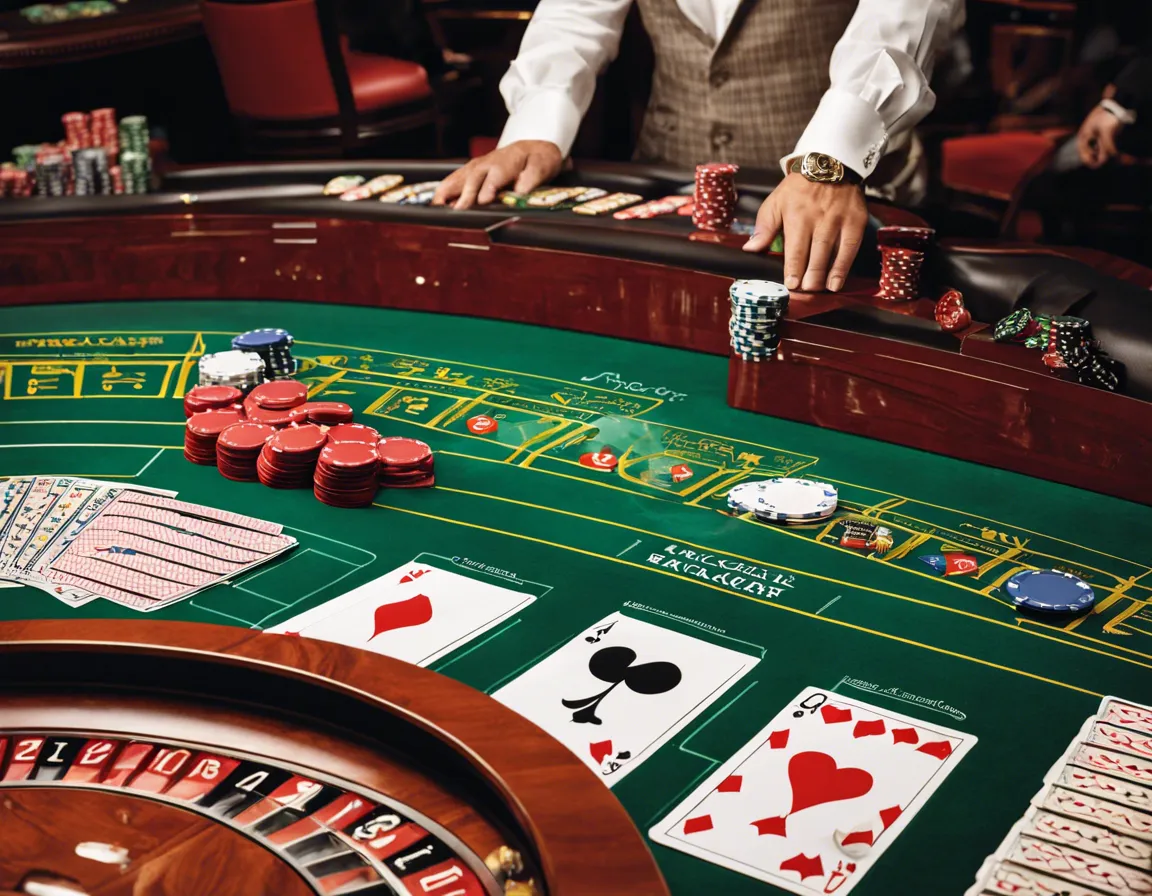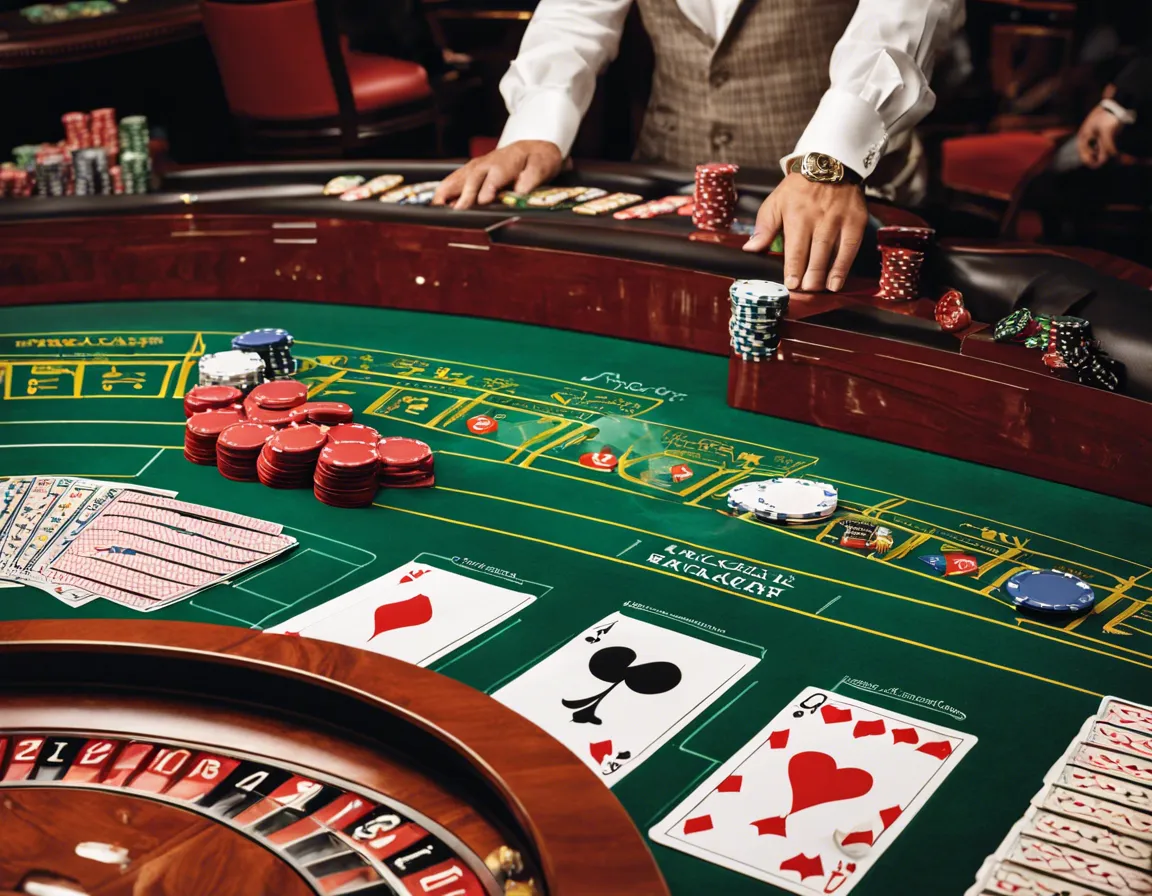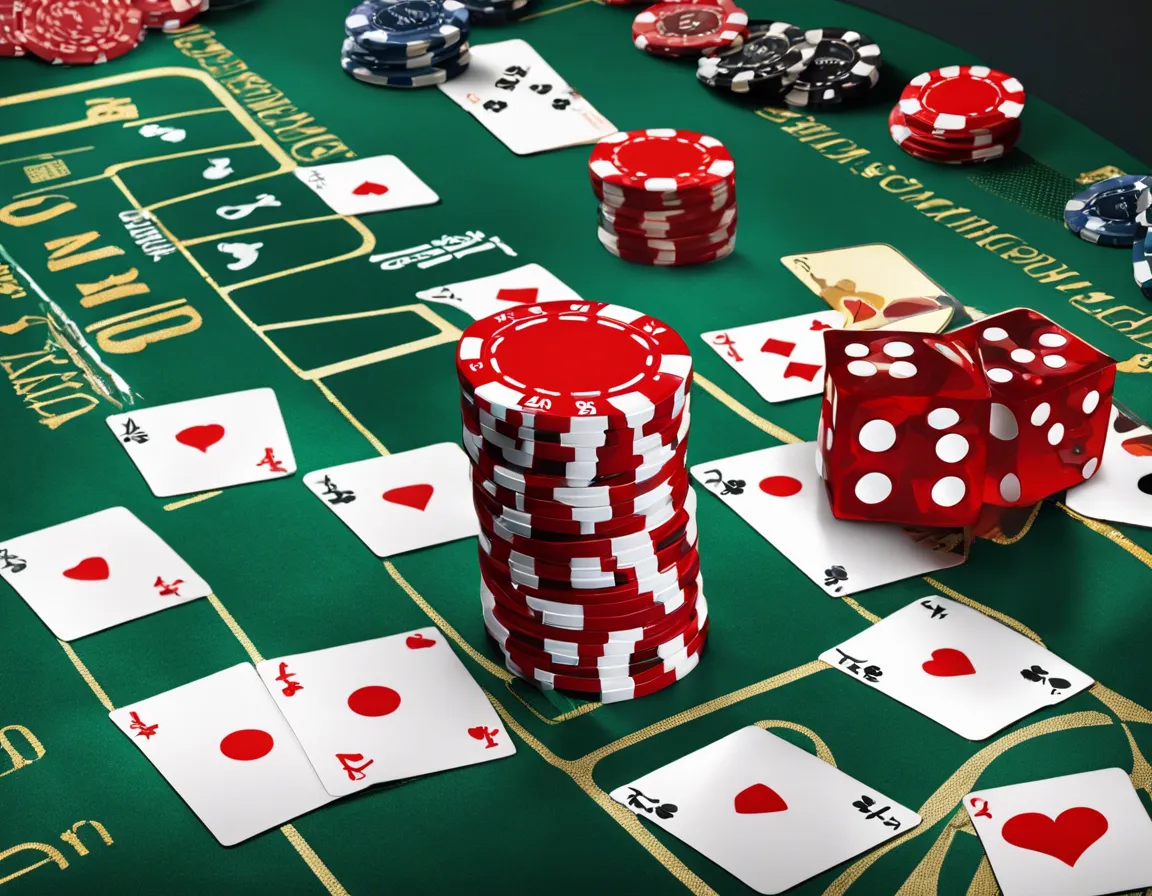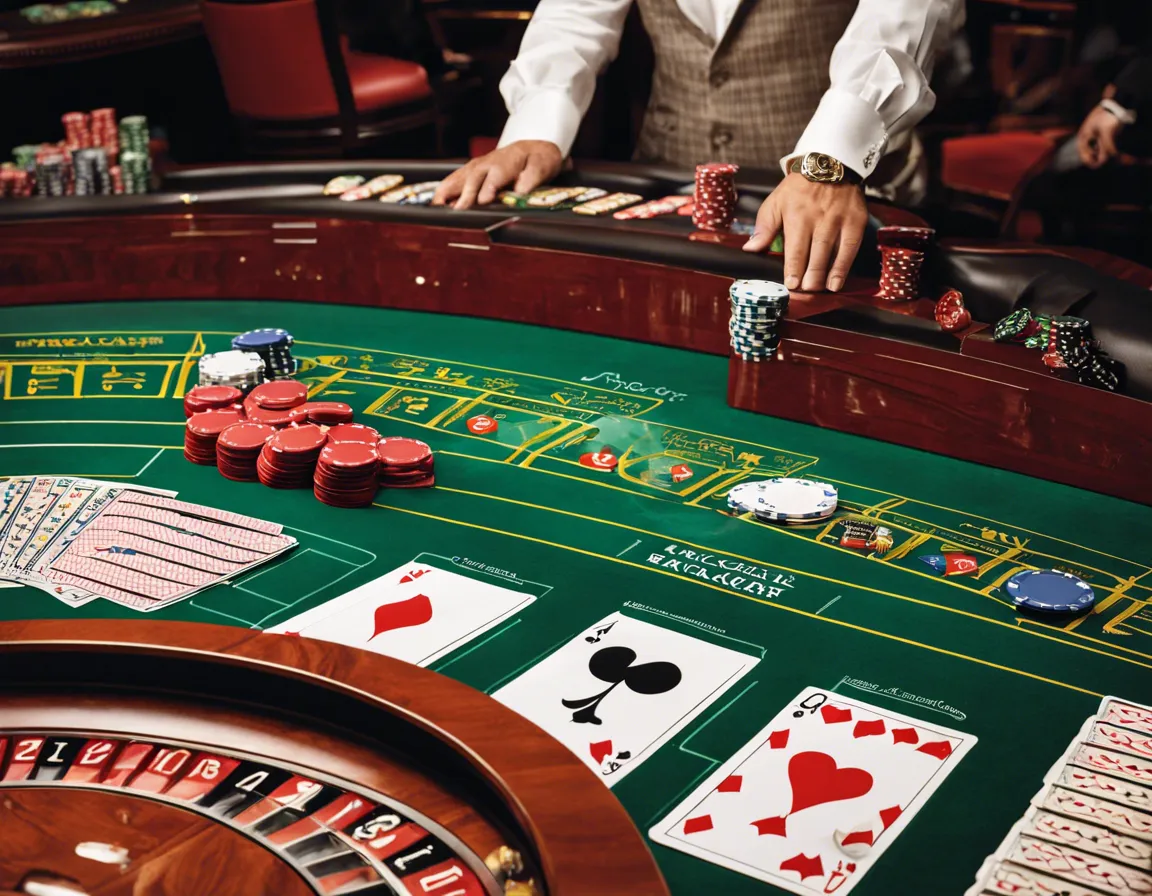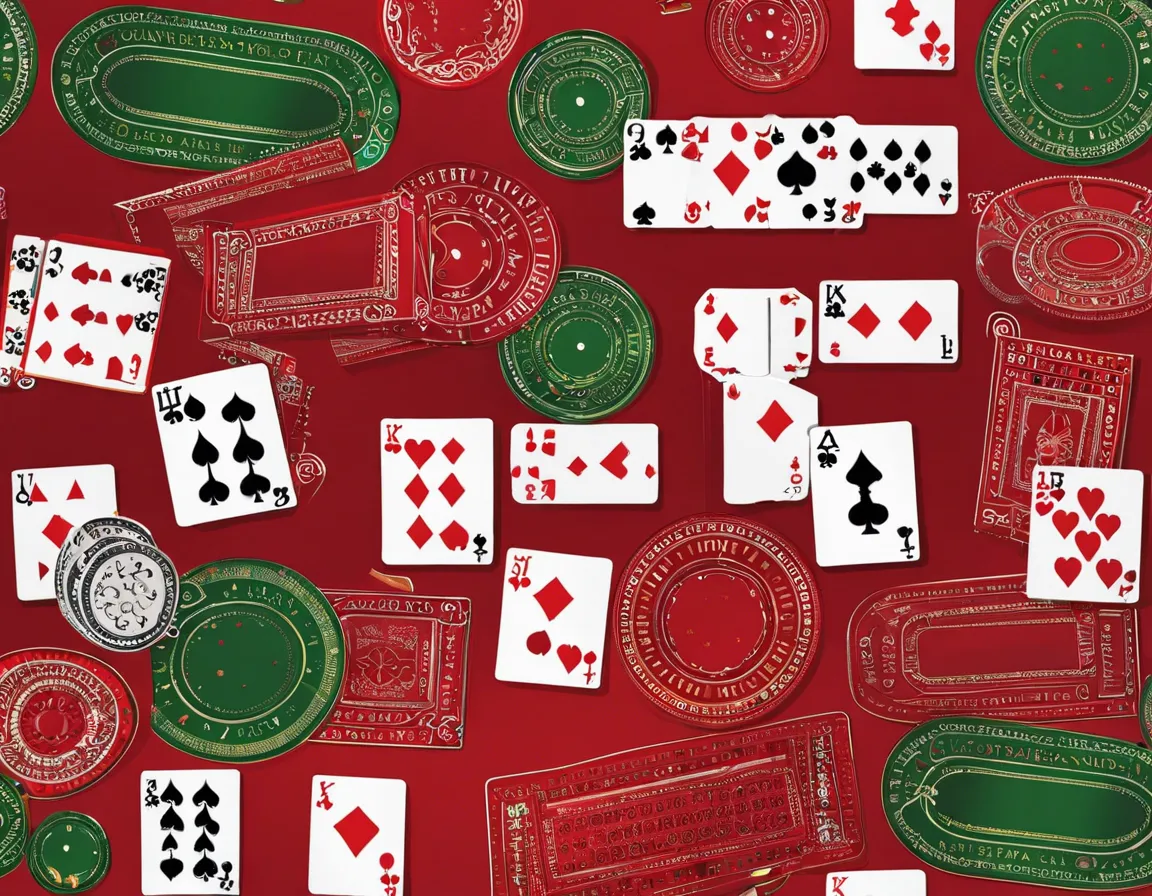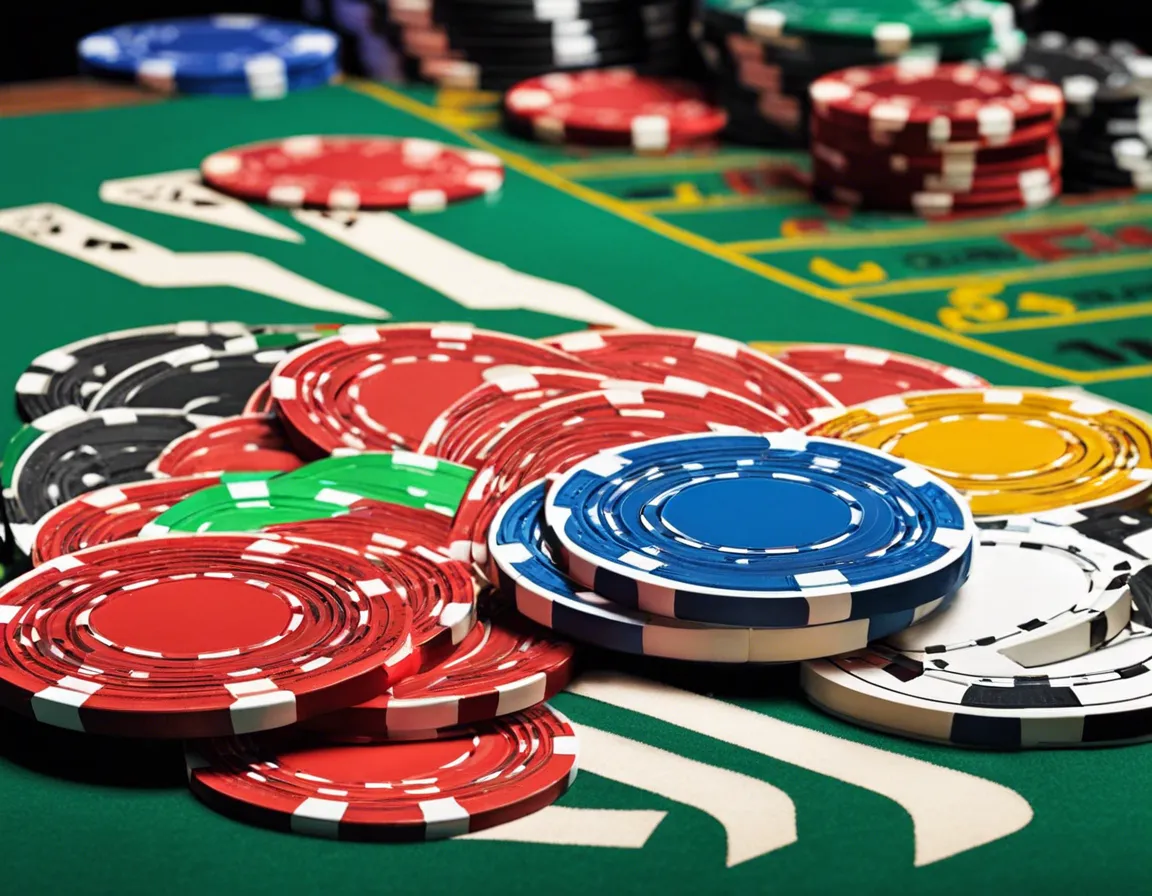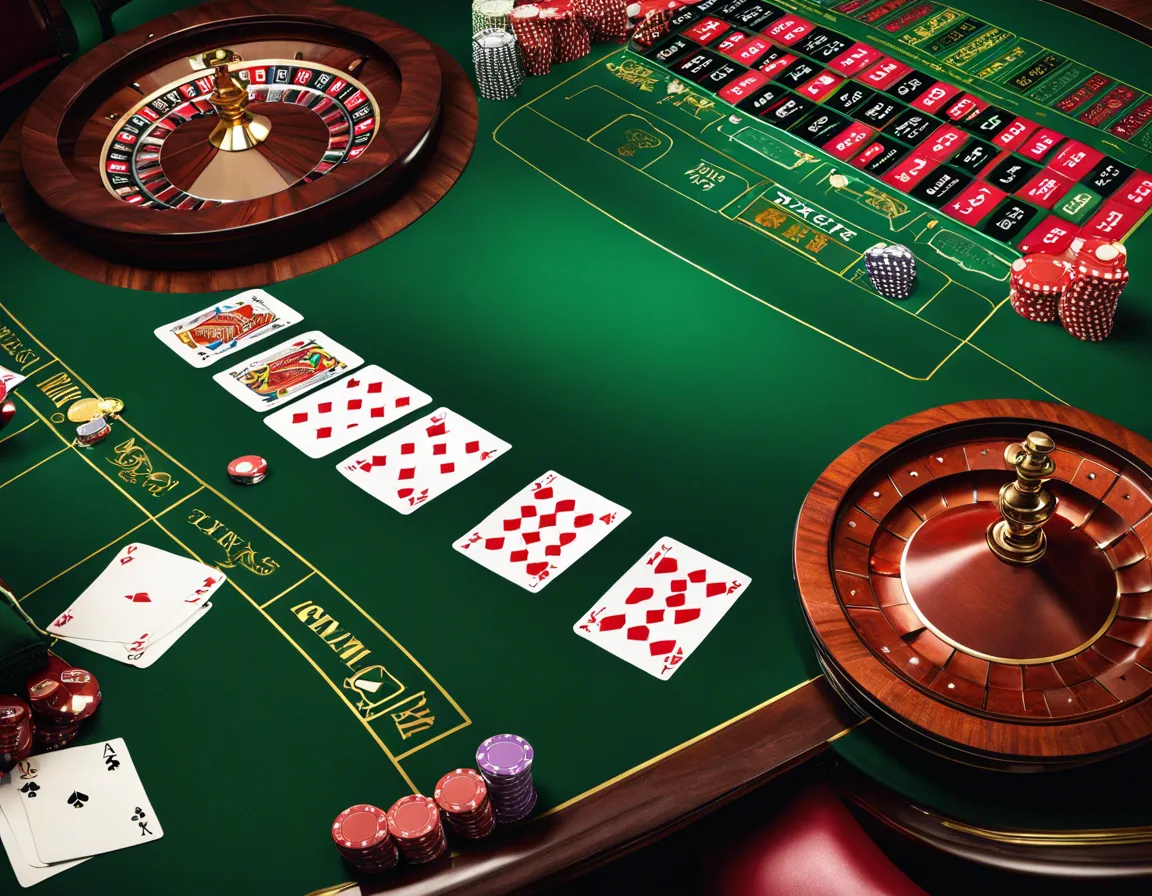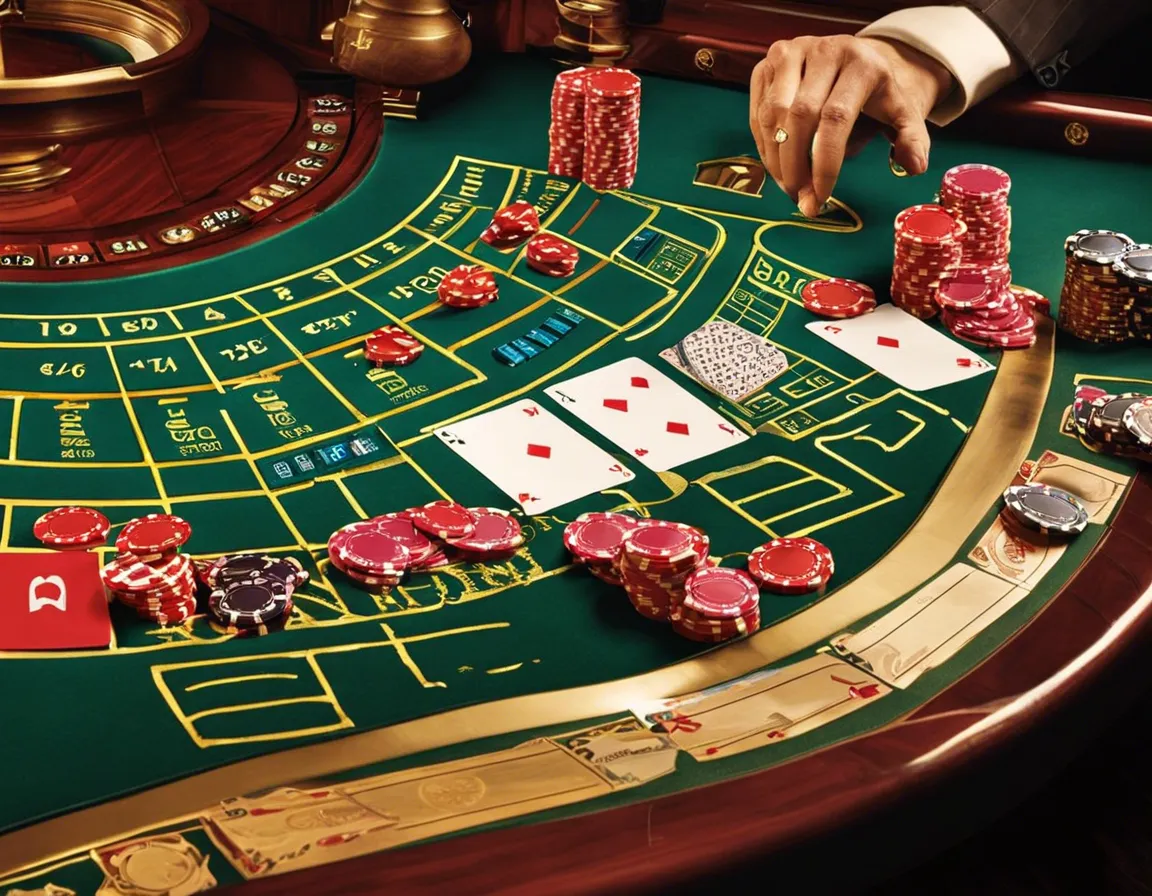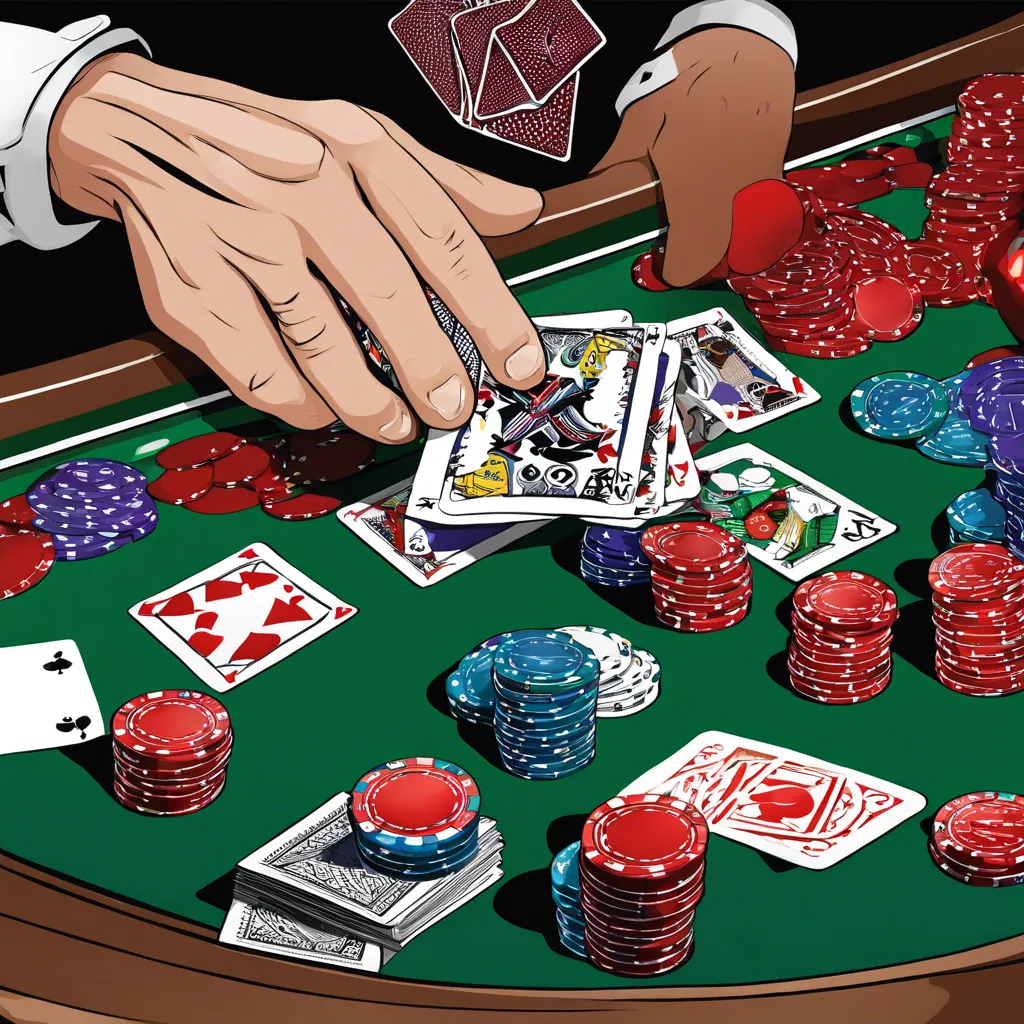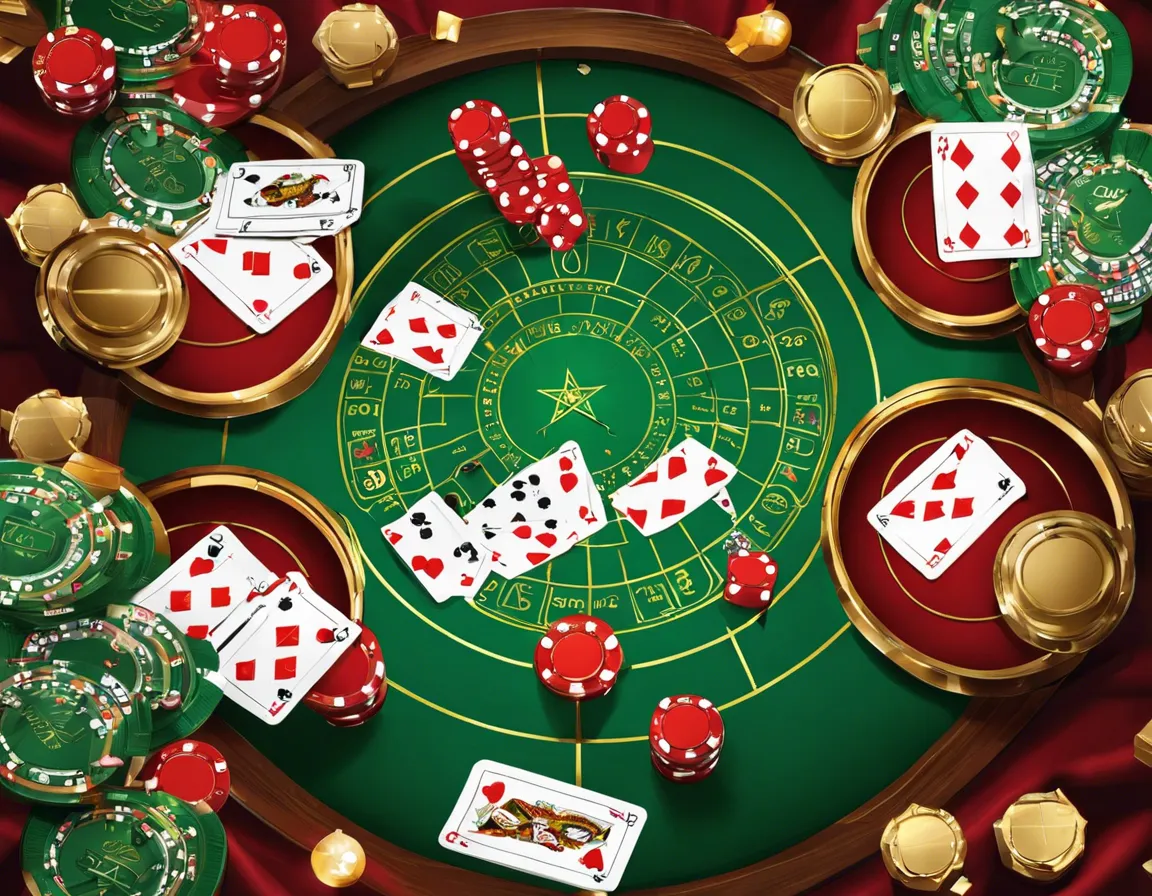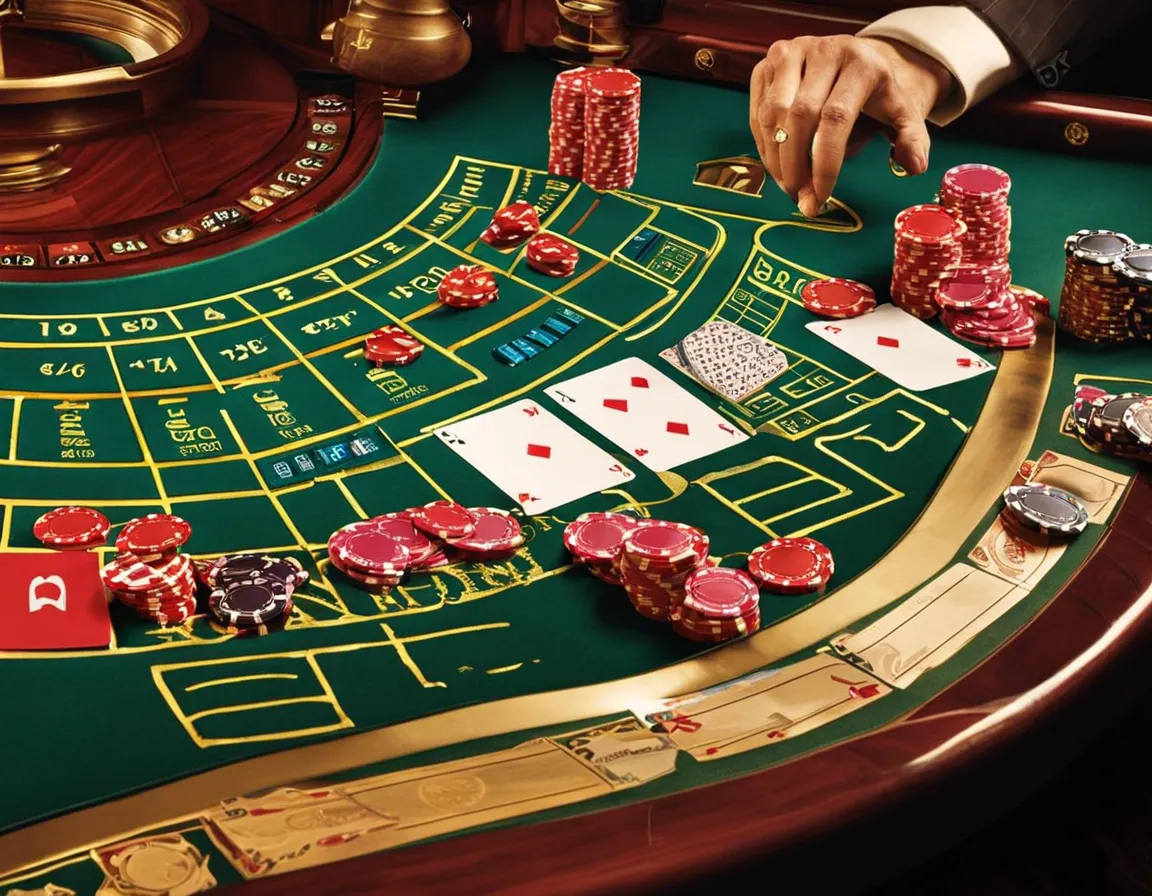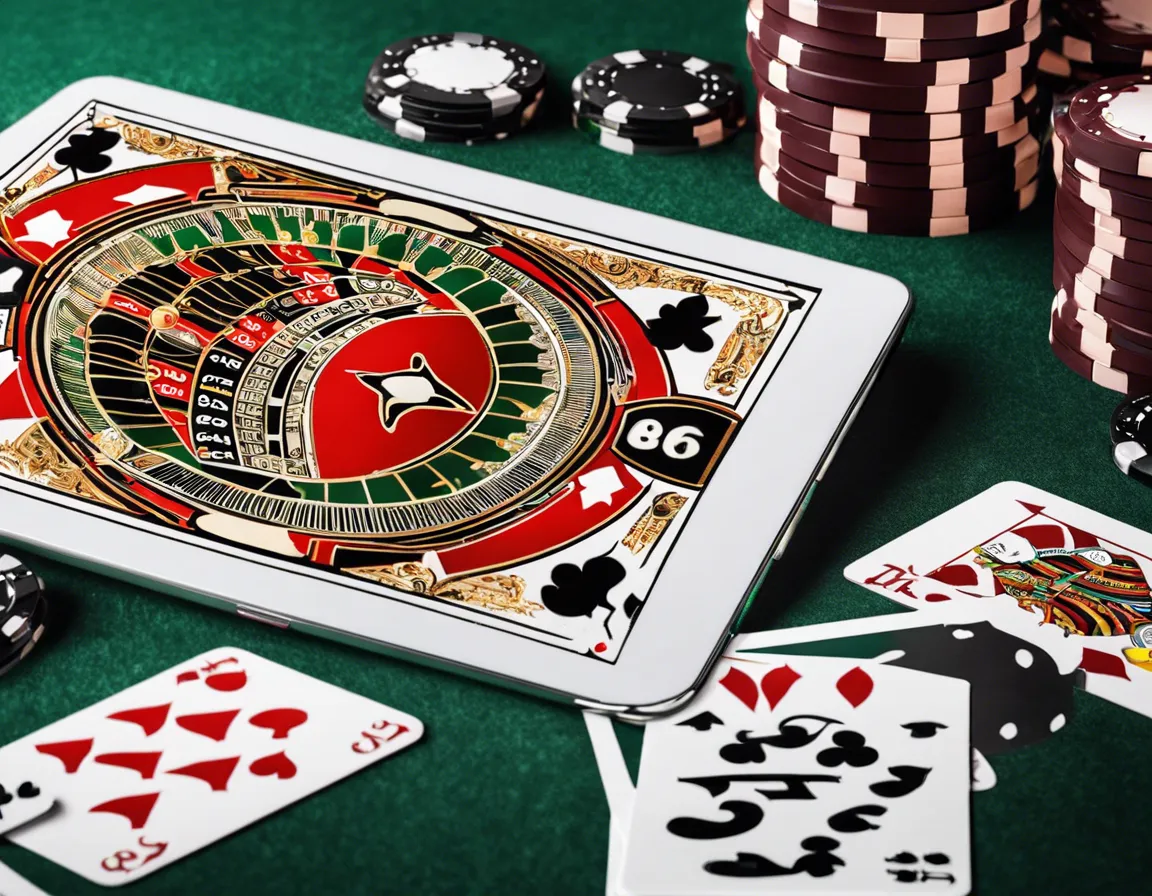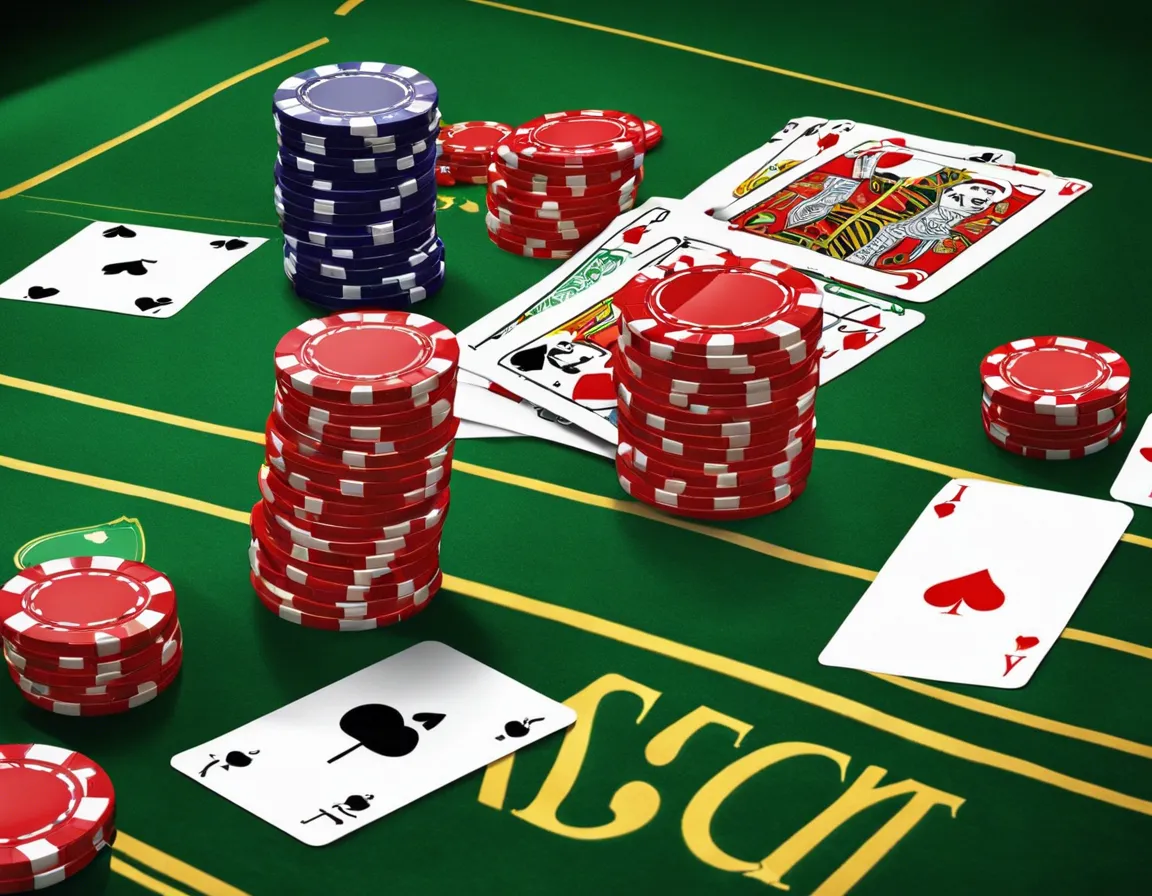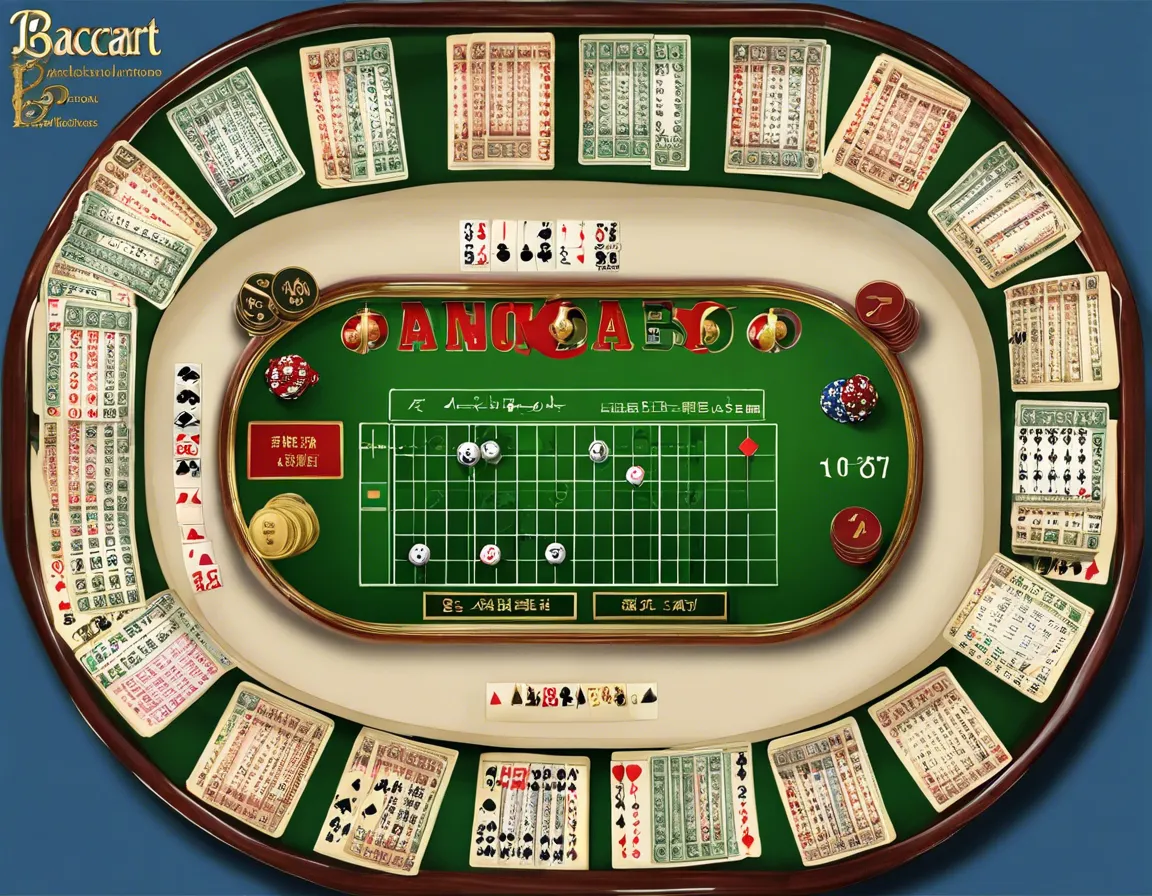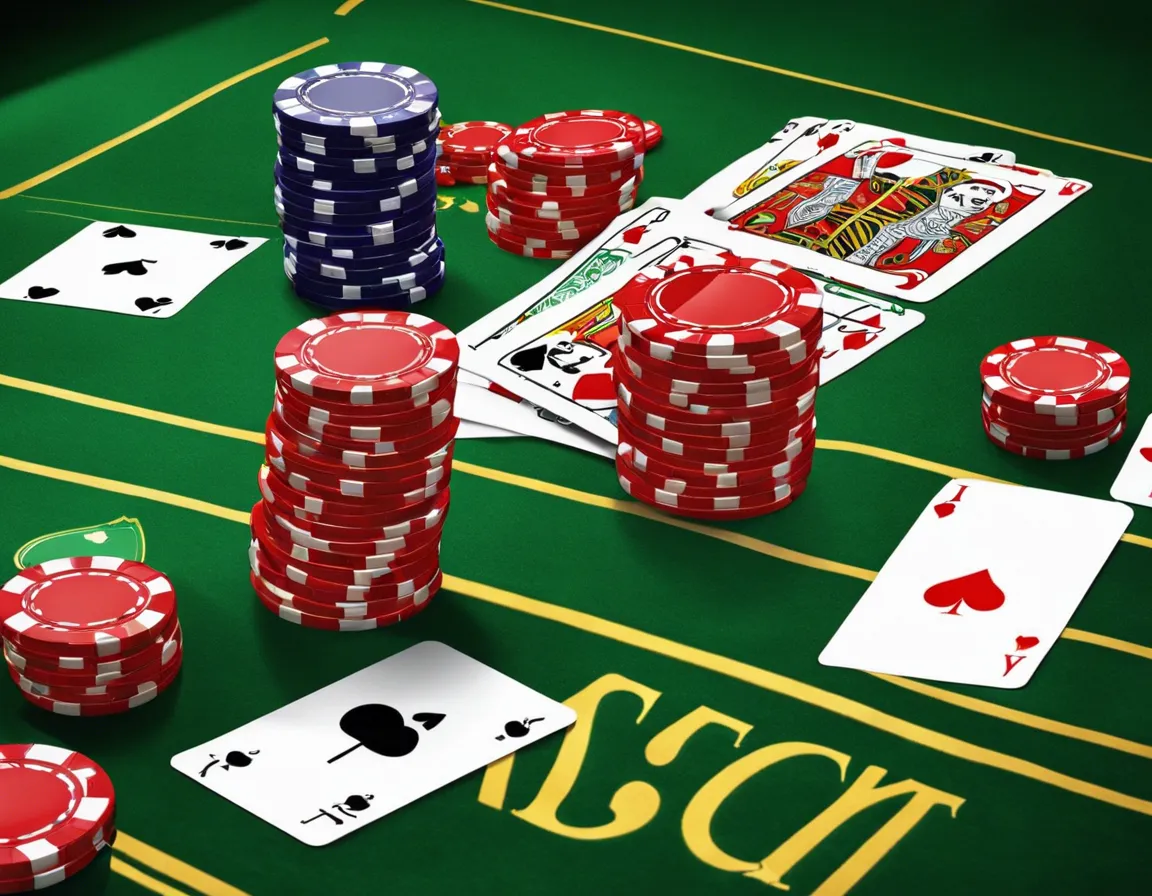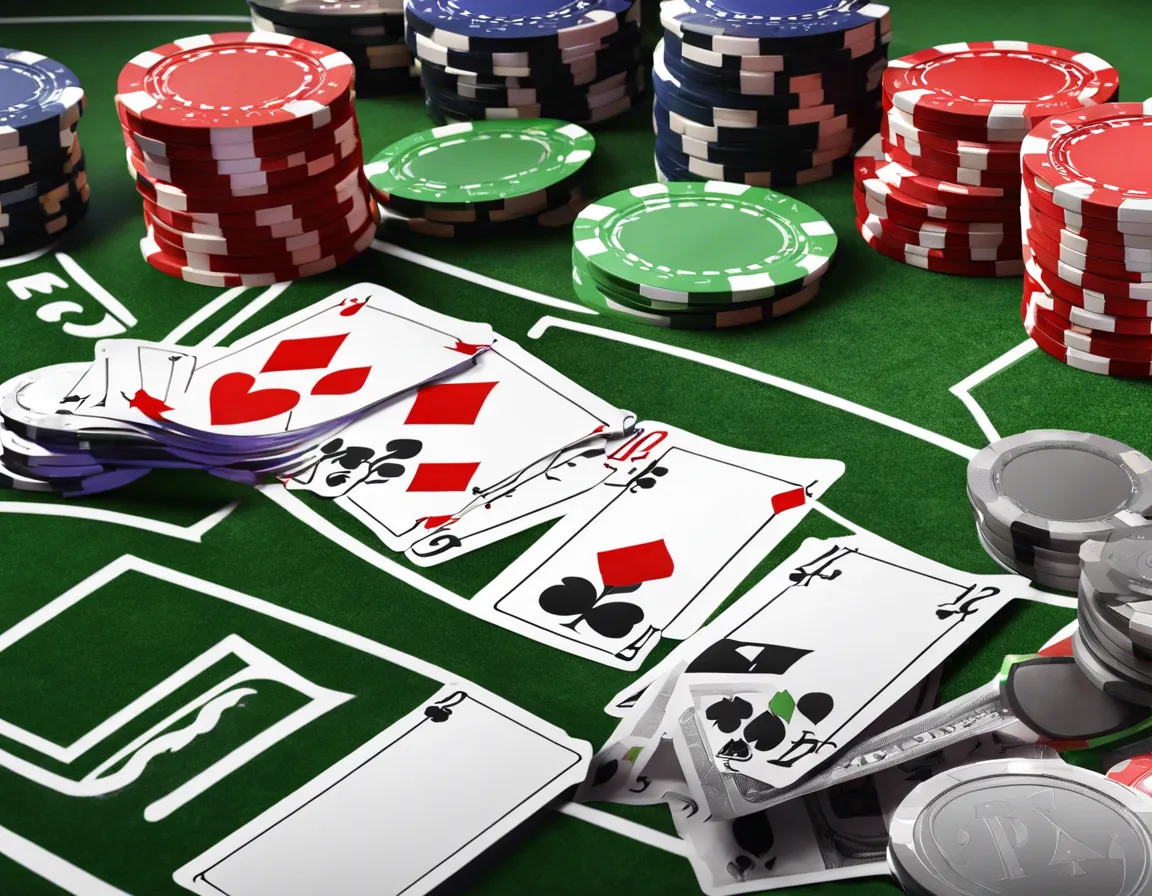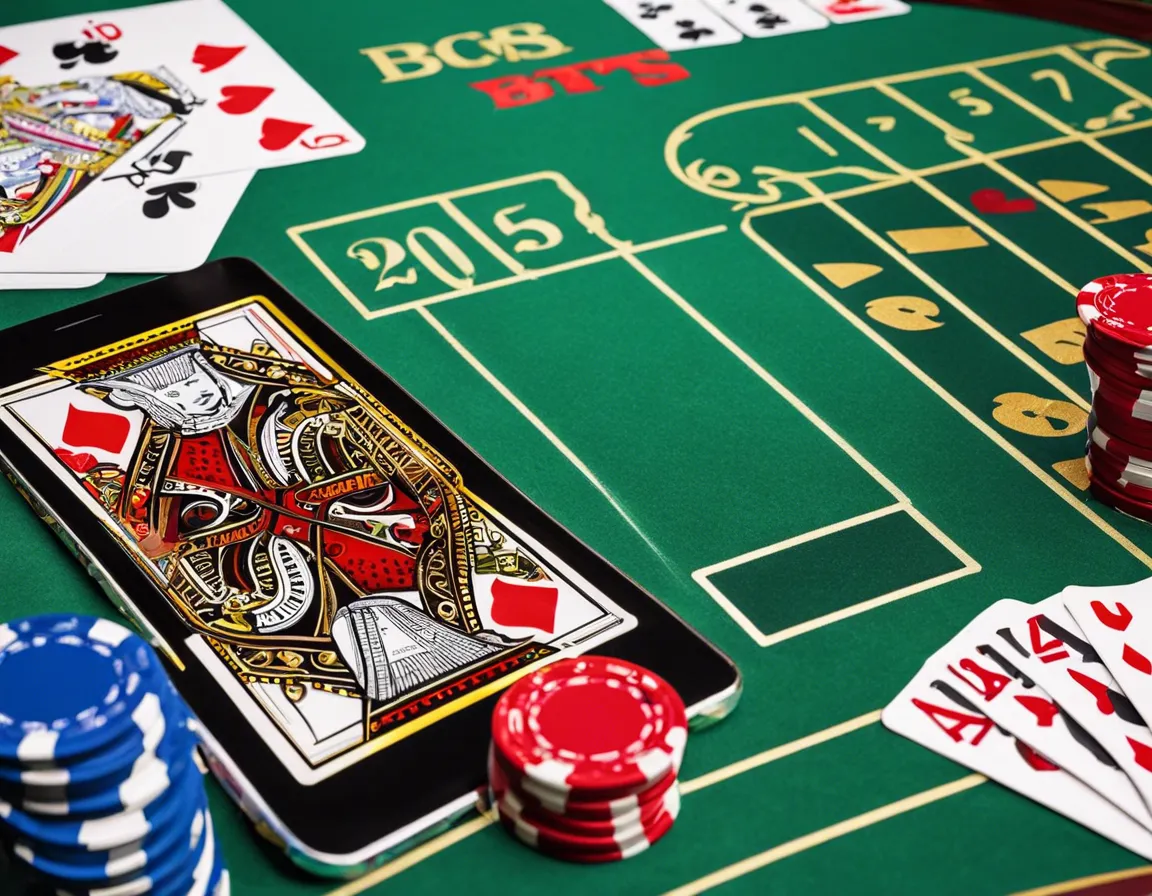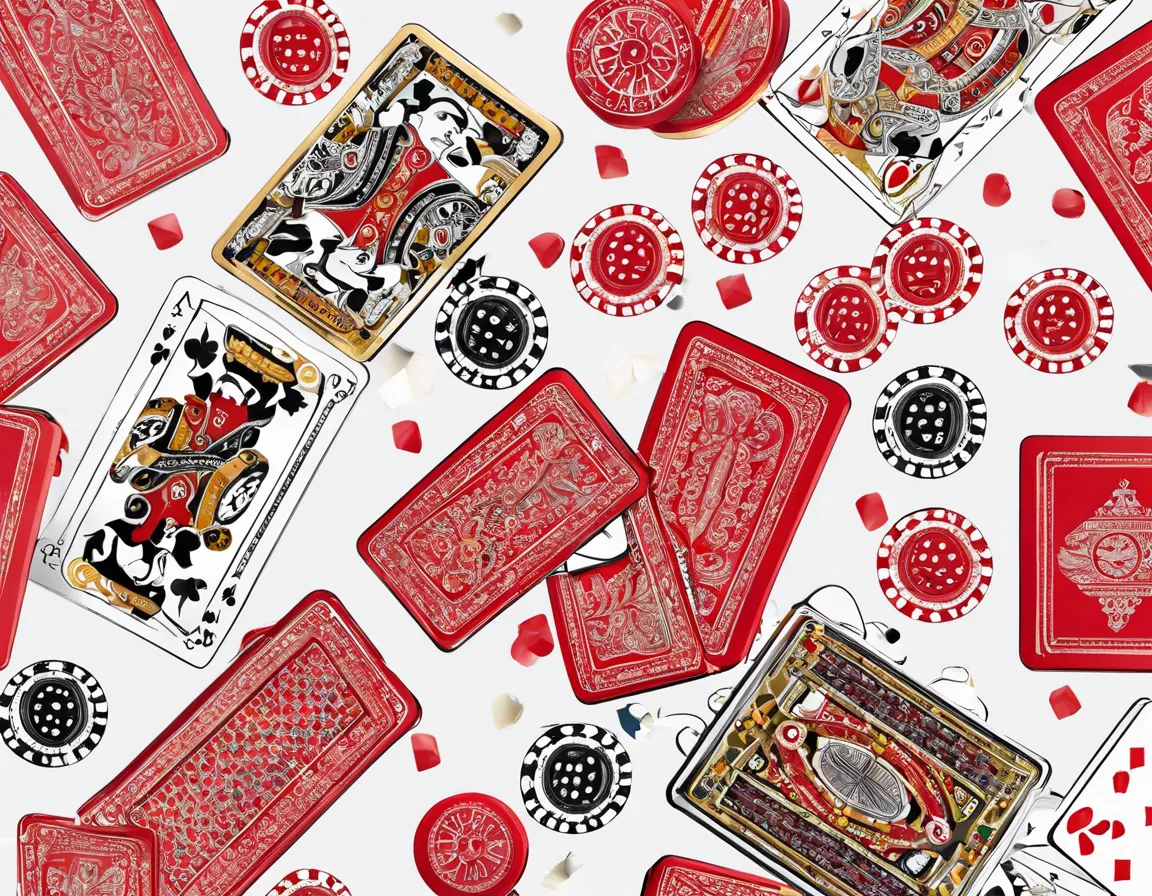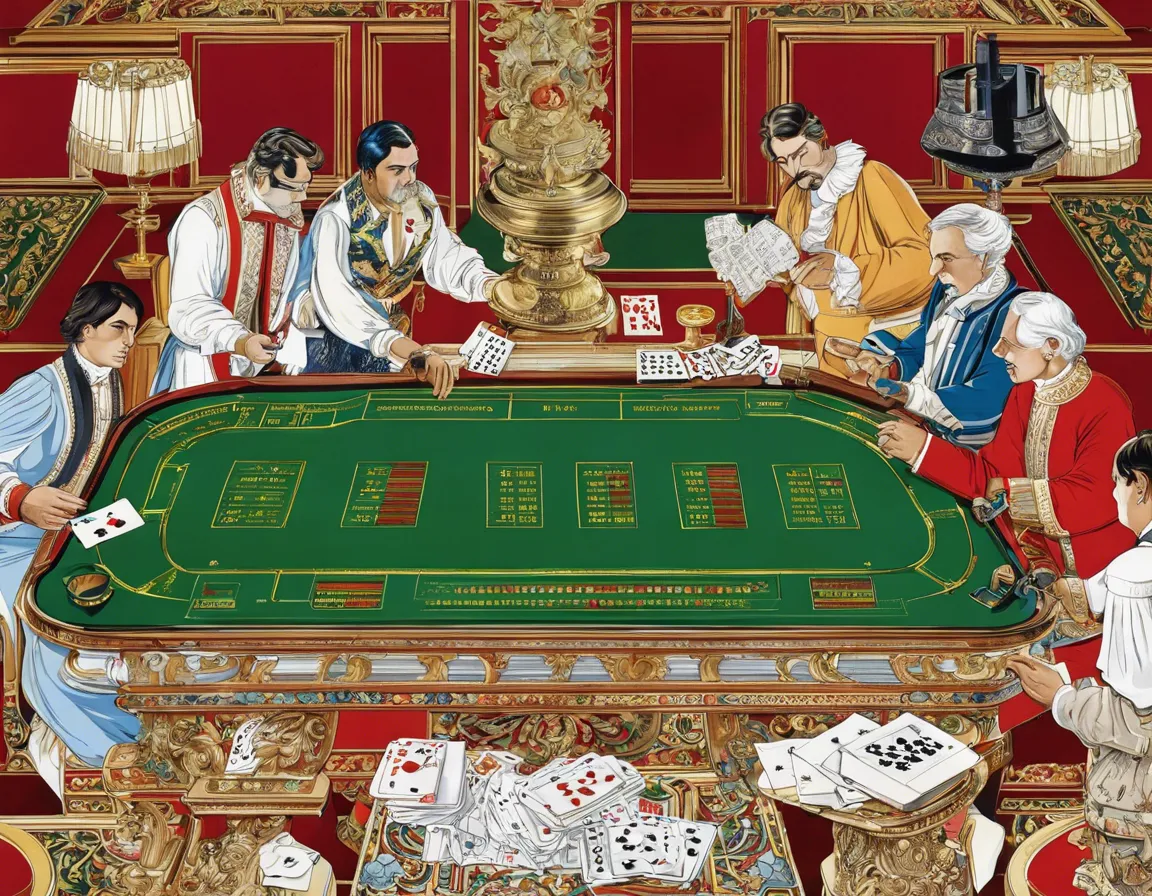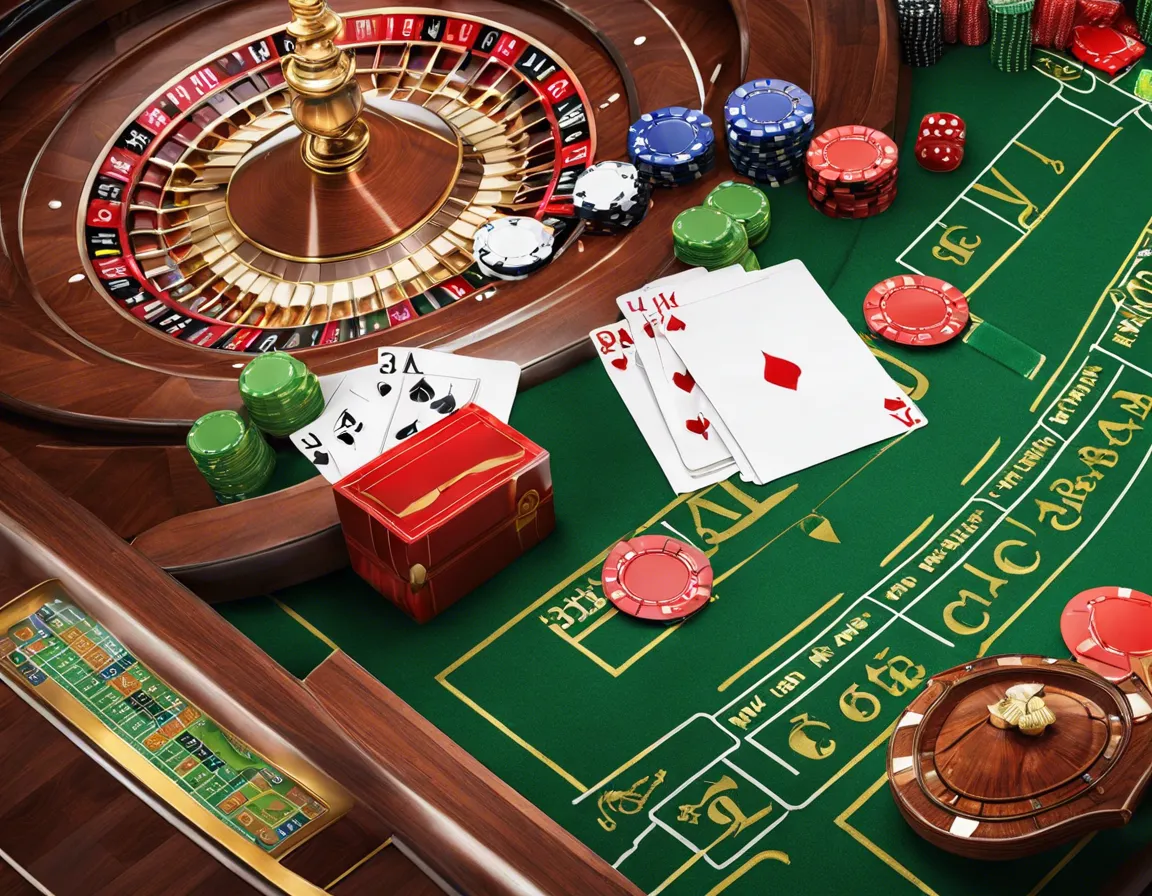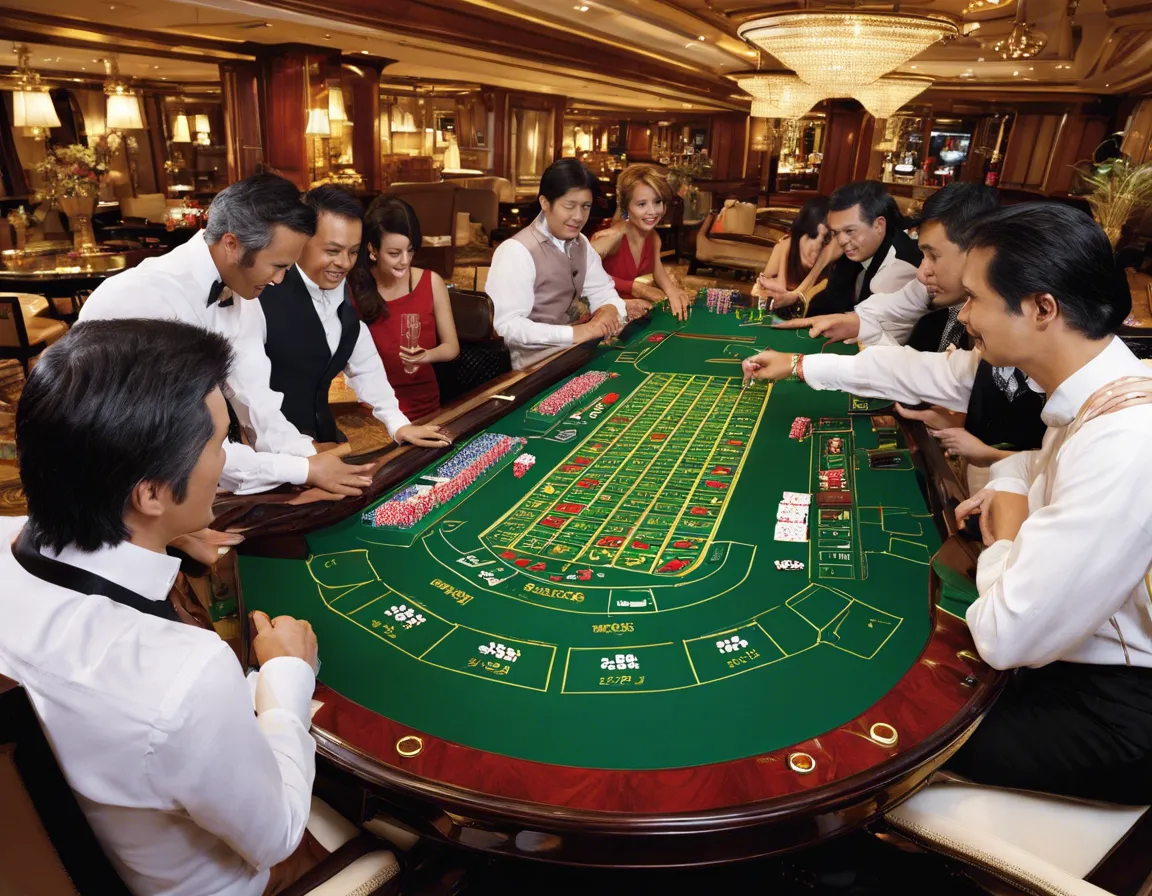Outline of the Article
- Introduction to Baccarat Patterns
- Understanding Baccarat Patterns
- H1: The Basics of Baccarat
- H2: What are Baccarat Patterns?
- H3: Types of Baccarat Patterns
- H4: Natural Patterns
- H4: Artificial Patterns
- Importance of Reading Baccarat Patterns
- H1: Enhancing Predictions
- H2: Improving Decision Making
- How to Read Baccarat Patterns
- H1: Observation and Analysis
- H2: Recognizing Trends
- H3: Pattern Identification Techniques
- Strategies for Utilizing Baccarat Patterns
- H1: Following the Shoe
- H2: Betting Based on Patterns
- H3: Adjusting Strategies
- Common Mistakes to Avoid
- H1: Over-reliance on Patterns
- H2: Ignoring Statistical Probability
- Conclusion
- FAQs
The Art of Reading Baccarat Patterns
Baccarat is a timeless card game that has fascinated players for centuries with its simplicity and elegance. Beyond just luck, there lies a subtle art to reading and understanding the patterns within the game. In this article, we delve into the intricacies of baccarat patterns, exploring their significance, how to decipher them, and strategies for leveraging this insight to enhance your gameplay.
Understanding Baccarat Patterns
The Basics of Baccarat
Before diving into patterns, it’s essential to grasp the fundamentals of baccarat. Originating in Italy, baccarat is a card game typically played between two hands: the player and the banker. The aim is to achieve a total closest to nine by adding up the values of the cards.
What are Baccarat Patterns?
Baccarat patterns refer to recurring sequences or trends observed in the outcomes of hands. These patterns can be classified into two main categories: natural patterns, arising from the inherent randomness of the game, and artificial patterns, influenced by player behavior or dealer actions.
Types of Baccarat Patterns
- Natural Patterns: These patterns emerge organically from the distribution of cards and the rules of the game.
- Artificial Patterns: Created by factors such as player superstitions, dealer rituals, or specific betting strategies.
Importance of Reading Baccarat Patterns
Enhancing Predictions
Reading baccarat patterns enables players to make more informed predictions about future outcomes. By identifying recurring trends, players can adjust their strategies accordingly, increasing their chances of success.
Improving Decision Making
Understanding patterns allows players to make better decisions during gameplay. Whether it’s deciding when to bet or how much to wager, pattern recognition provides valuable insights that can influence decision-making processes.
How to Read Baccarat Patterns
Observation and Analysis
The first step in reading baccarat patterns is keen observation. Paying close attention to the outcomes of each hand and analyzing the data over time can reveal underlying trends and patterns.
Recognizing Trends

Identifying patterns requires an understanding of statistical probability and a keen eye for trends. Look for sequences of outcomes that deviate from randomness and occur with a higher frequency than expected.
Pattern Identification Techniques
Various techniques, such as tracking scorecards, studying historical data, or using electronic scoreboards, can aid in pattern identification. Experiment with different methods to find the approach that works best for you.
Strategies for Utilizing Baccarat Patterns
Following the Shoe
One strategy involves following the shoe, which entails betting according to the dominant pattern observed. For example, if the banker hand has won several consecutive times, consider placing bets on the banker until the pattern changes.
Betting Based on Patterns
Another approach is to adjust betting patterns based on the identified trends. For instance, if a particular sequence favors player wins, consider increasing your wager on the player hand.
Adjusting Strategies
Flexibility is key when utilizing baccarat patterns. Be prepared to adapt your strategies as patterns evolve throughout the game. Avoid becoming too rigid in your approach and be willing to switch tactics when necessary.
Common Mistakes to Avoid
Over-reliance on Patterns
While patterns can provide valuable insights, relying too heavily on them can be detrimental. Remember that baccarat is ultimately a game of chance, and patterns are not foolproof indicators of future outcomes.
Ignoring Statistical Probability
It’s essential to maintain a balanced perspective and not overlook the role of statistical probability in baccarat. While patterns may suggest trends, each hand remains independent of previous results, and outcomes are ultimately determined by chance.
Conclusion
In the realm of baccarat, mastering the art of reading patterns can significantly enhance your gameplay experience. By understanding the nuances of baccarat patterns, you can make more informed decisions, improve your predictions, and ultimately increase your chances of success at the table.
FAQs
- Are baccarat patterns always reliable indicators of future outcomes?
- While patterns can provide insights, they are not guarantees of future results. Baccarat remains a game of chance, and outcomes are determined by random card distribution.
- What should I do if I notice conflicting patterns during gameplay?
- Trust your instincts and be prepared to adapt your strategies accordingly. Consider factors such as current trends, statistical probability, and risk tolerance when making decisions.
- Can baccarat patterns be manipulated by players?
- While players may attempt to influence outcomes through betting strategies or superstitious beliefs, the underlying randomness of the game makes it difficult to manipulate patterns consistently.
- How can I improve my pattern recognition skills in baccarat?
- Practice and observation are key to improving pattern recognition. Spend time studying historical data, tracking outcomes, and experimenting with different techniques to enhance your skills.
- Is it possible to win consistently by following baccarat patterns?
- While patterns can provide a strategic advantage, there are no guarantees of consistent wins in baccarat. Success depends on a combination of skill, luck, and prudent decision-making.



